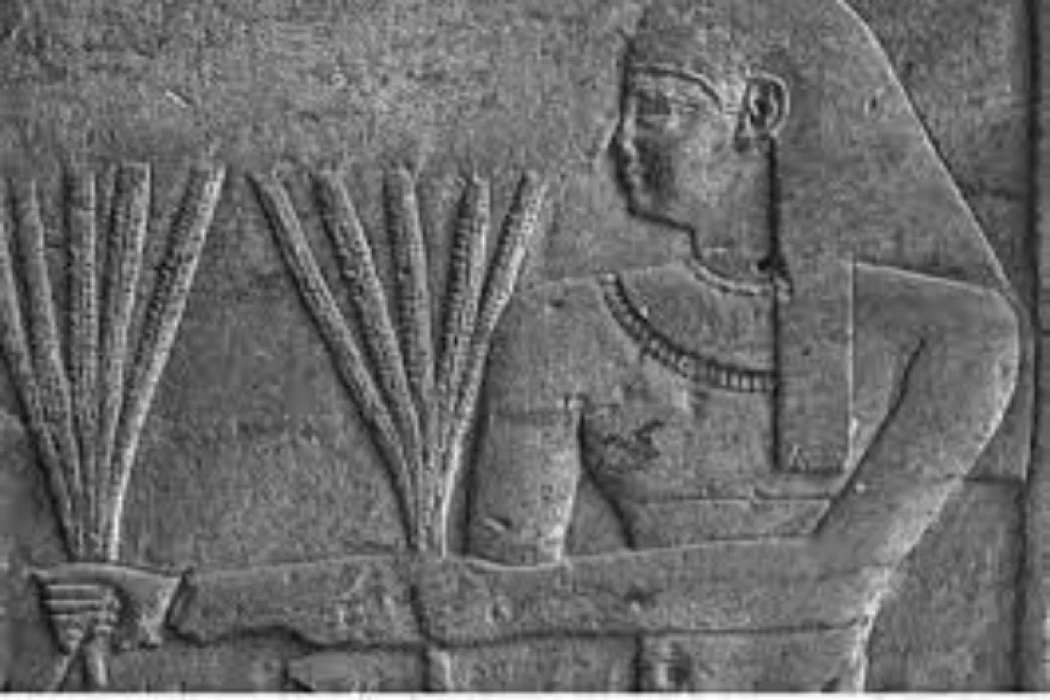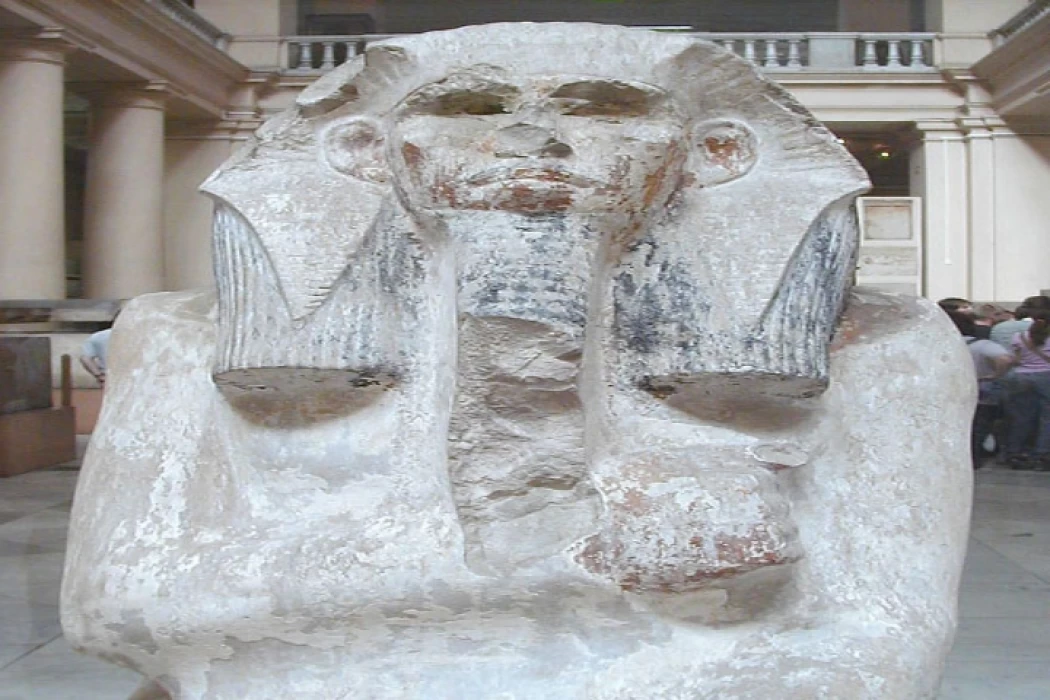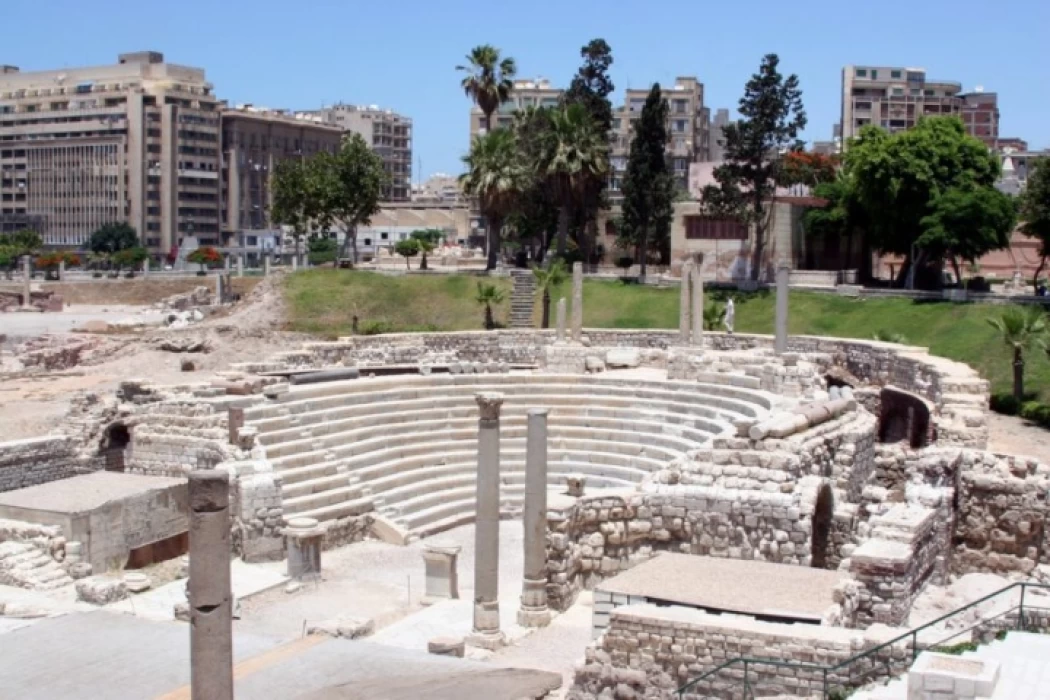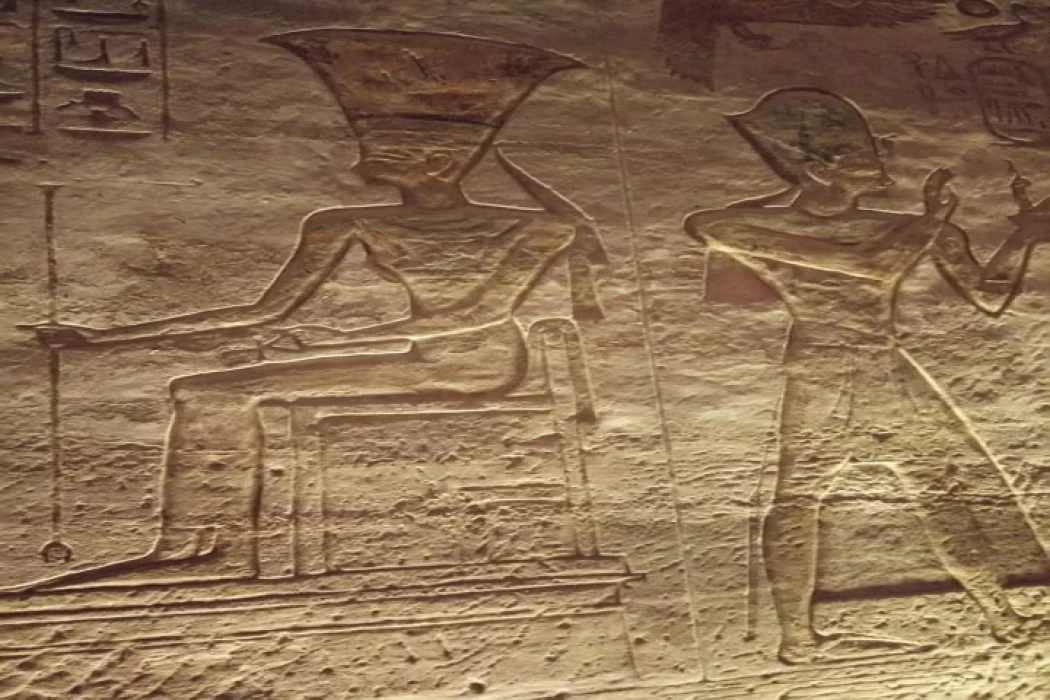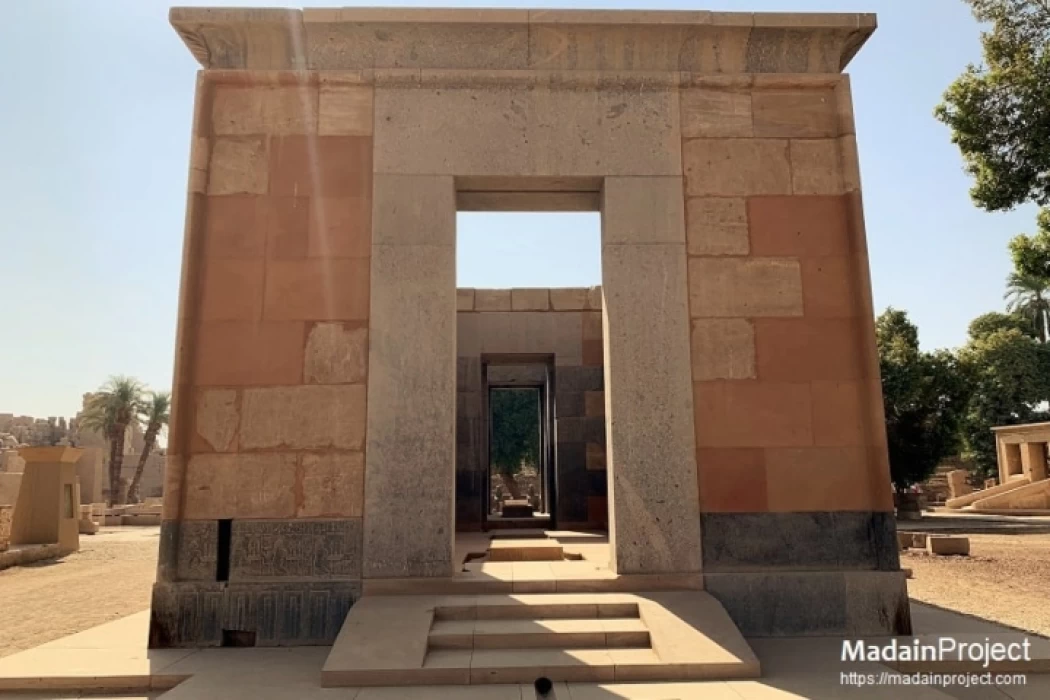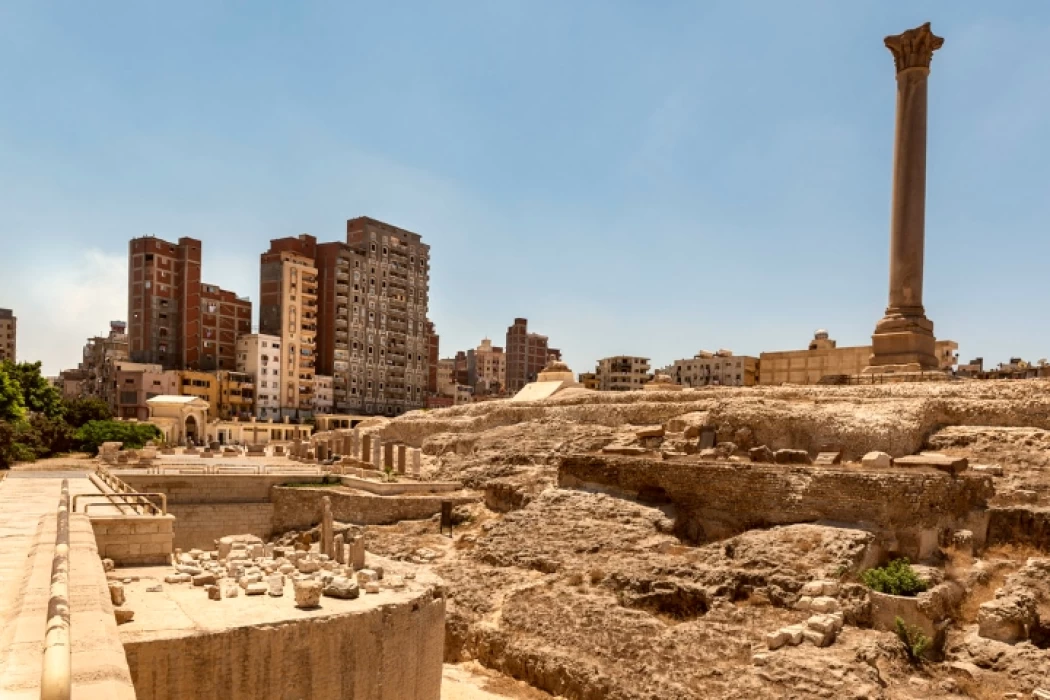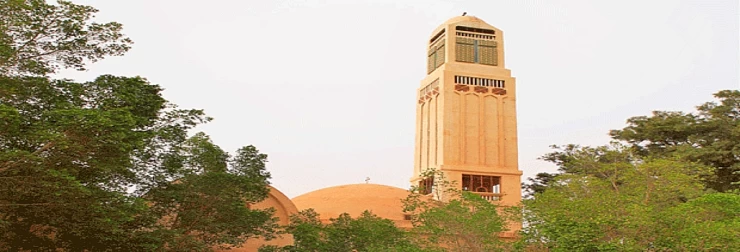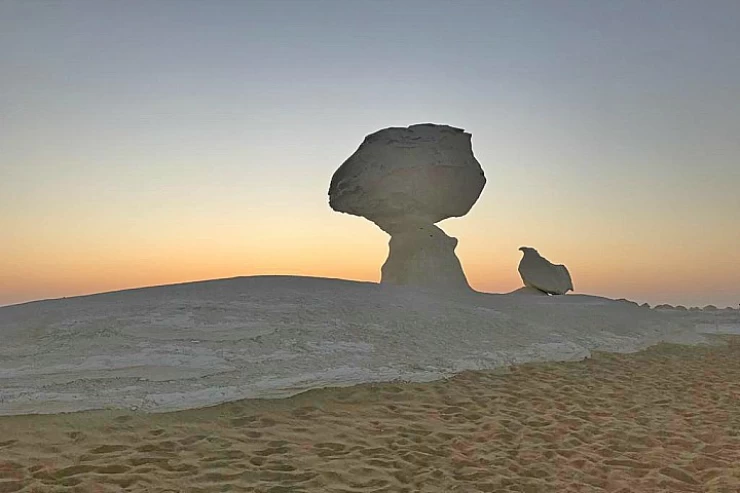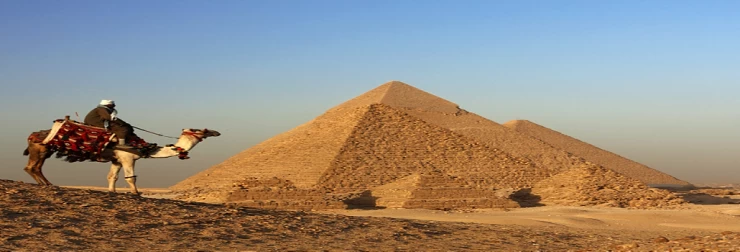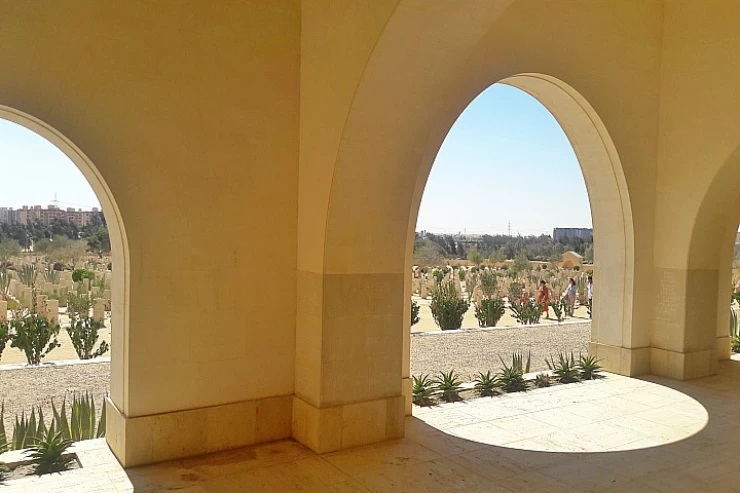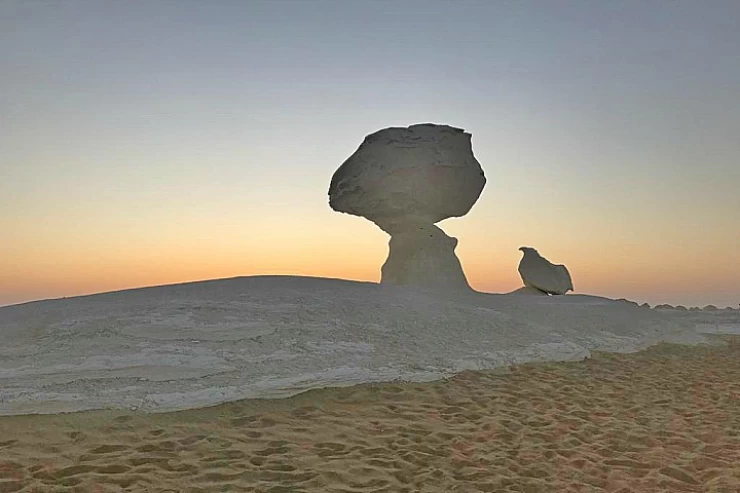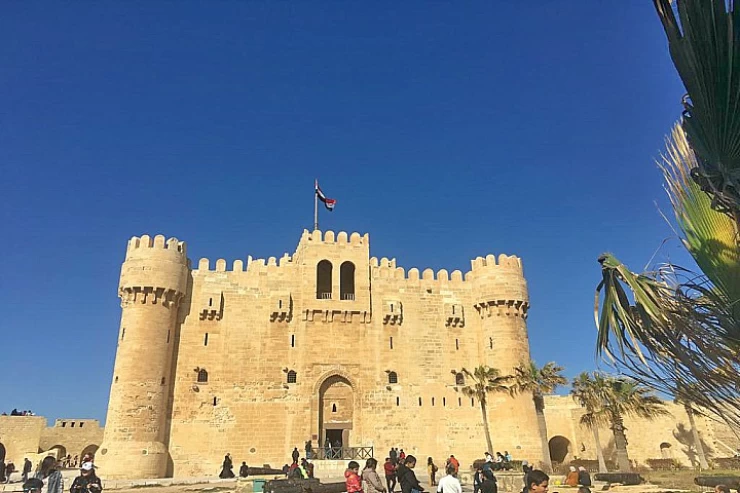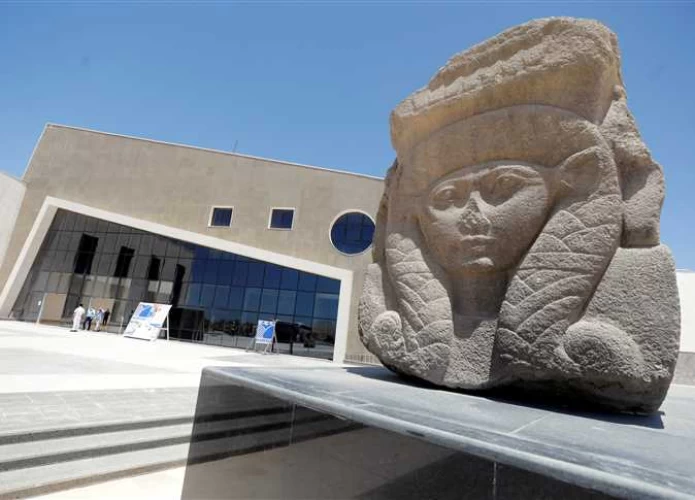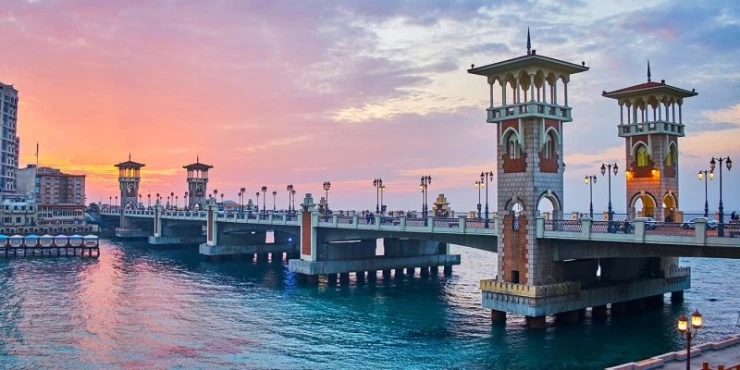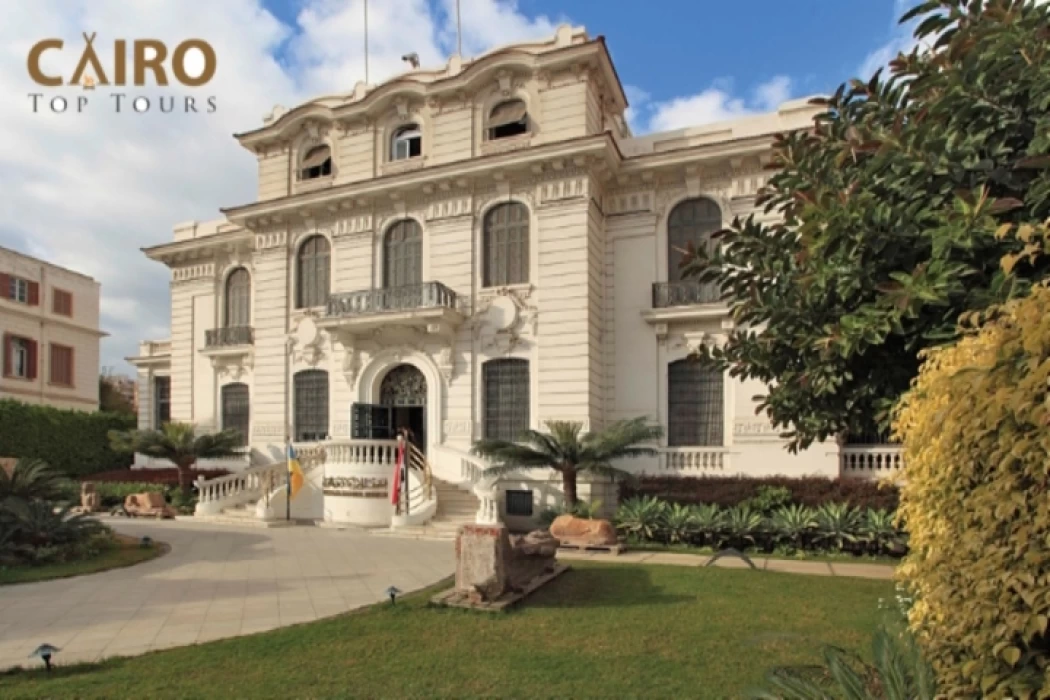
The National Museum Of Alexandria
The Alexandria National Museum (ANM) is located in Alexandria, Egypt. Hosni Mubarak opened it on December 31, 2003, and it is housed in a refurbished Italian-style palace on Tariq Al-Horreya Street (formerly Rue Fouad). The building used to house the United States Consulate.
The museum is housed in a historic Italianate palace. It was the old residence of a wood salesperson. It used to house the US consulate. The building, which was built in 1926, is surrounded by a huge lawn and includes a basement. The three-story palace was a meeting place for the Egyptian upper-class society of Alexandria.
Floor 1 represents the Pharaonic era. The mummies are displayed in a replica of a funeral chamber.
Floor 2 features Hellenistic and Roman artifacts, including items from Heraklion and Canopus
Floor 3: Ancient Egyptian, Coptic, and the Muslim world as well as the 19th and 20th centuries.[ The city of Alexandria is also included in the collection.
A highlight for many visitors is a sculpture believed to be of the VP city’s namesake, Alexander the Great.
Latest Articles
Admin
Neper God Of Grain
Neper was the deity of grains, particularly cereals that were important in Ancient Egypt, such as wheat and barley. It was stated that he foretold when the crops would grow, be harvested, and disappear.
Admin
Djoser
Djoser was an ancient Egyptian pharaoh of the 3rd Dynasty during the Old Kingdom and was the founder of that epoch. He is also known by his Hellenized names Tosorthros (from Manetho) and Sesorthos (from Eusebius). He was the son of King Khasekhemwy and Queen Nimaathap, but whether he was also the direct successor to their throne is unclear. Most Ramesside king lists identify a king named Nebka as preceding him, but there are difficulties in connecting that name with contemporary Horus names, so some Egyptologists question the received throne sequence. Djoser is known for his step pyramid, which is the earliest colossal stone building in ancient Egypt
Admin
Kom Al Dikka Alexandria
Kom El Deka, also known as Kom el-Dikka, is a neighborhood and archaeological site in Alexandria, Egypt. Early Kom El-Dikka was a well-off residential area, and later it was a major civic center in Alexandria, with a bath complex (thermae), auditoria (lecture halls), and a theatre.
Admin
The God Anuket
Anuket, in Egyptian religion, the patron deity of the Nile River. Anuket is normally depicted as a beautiful woman wearing a crown of reeds and ostrich feathers and accompanied by a gazelle.
Admin
The Red Chapel of Hatshepsut
The Red Chapel of Hatshepsut or the Chapelle rouge was a religious shrine in Ancient Egypt. The chapel was originally constructed as a barque shrine during the reign of Hatshepsut. She was the fifth pharaoh of the Eighteenth Dynasty from approximately 1479 to 1458 BC.
Admin
The Serapeum of Alexandria
The Serapeum of Alexandria in the Ptolemaic Kingdom was an ancient Greek temple built by Ptolemy III Euergetes (reigned 246–222 BC) and dedicated to Serapis, who was made the protector of Alexandria, Egypt. There are also signs of Harpocrates. It has been referred to as the daughter of the Library of Alexandria.
